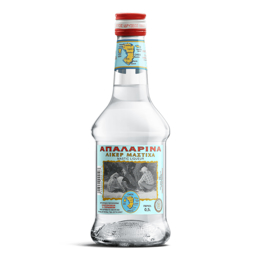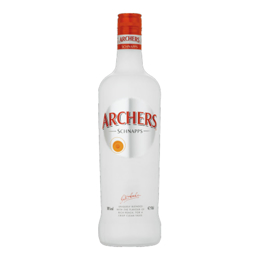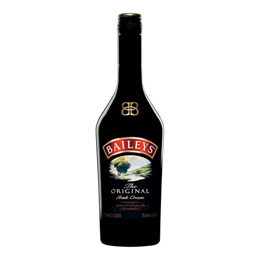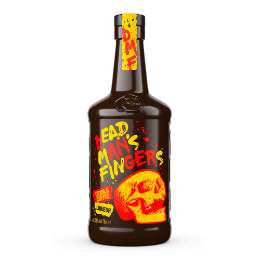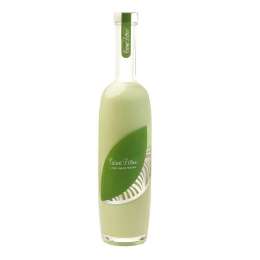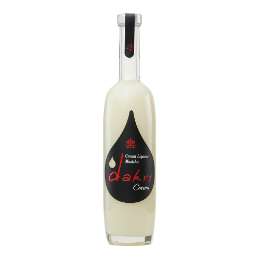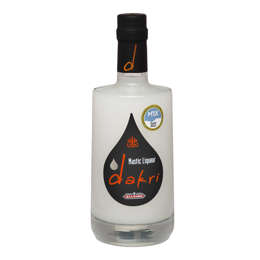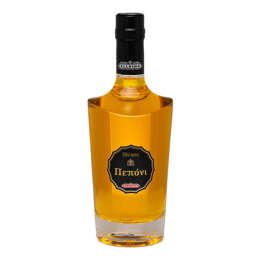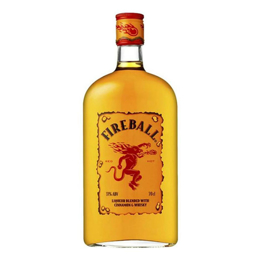Liqueur
Liqueurs can be served as aperitifs, but can also be used for cocktails and pastry making. Discover branded liqueurs in our store.
Ancho Reyes Chile Liqueur 700ml
Apalarina Μastic Liqueur 500ml
Archers Schnapps Liqueur 700ml
Baileys Liqueur 700ml
Benedictine Liqueur 700ml
Bumbu Cream Liqueur 700ml
Cointreau Liqueur 700ml
Cynar Liqueur 700ml
Daisy Triple Sec Liqueur 700ml
Disaronno Liqueur 700ml
Disaronno Velvet Liqueur 700ml
Drambuie Liqueur 700ml
Ellvino Melon Liqueur 500ml
Fernet Branca Liqueur 700ml
Fireball Liqueur 700ml
Frangelico Liqueur 700ml
Frequently Asked Questions
01What makes liqueurs different from other drinks?
The huge variety of flavors and aromas is the main characteristic of liqueurs. The pluralism of their character is based on the endless list of ingredients used in the production process, including fruits, herbs, dried nuts and spices. Most of the time, liqueurs have a considerably lower alcohol content, compared to the average (40%) of standard drinks.
02 Which are the liqueur options available?
There are fruity liqueurs, such as Grand Marnier, Archers and Macho. There are tropical liqueurs, such as Passoã, Batida de Coco and Malibu. There are nut liqueurs, such as Frangelico, Amaretto and the excellent local of Polykala's Distillery. Other liqueurs are based on coffee, vanilla and caramel, such as Kahlúa, Baileys and Tia Maria. Some have a strong spicy sense, such as Fireball, Bénédictine and Kernel. Finally, there are herbal liqueurs, such as Fernet Branca and Cynar, but also whiskey-based liqueurs, such as Southern Comfort and Drambuie.
03Is there any difference in liqueurs, according to their production region?
Much more important than the region of production are the secrets of production. Each distiller applies his own, unique recipe, which explains the distinct character of each liqueur.
04 What is the ideal occasion to enjoy a liqueur?
The multitude of characters of liqueurs justifies the multitude of occasions in which they are enjoyed. They are inextricably linked to winter evenings, and often seal a nice lunch. They act as essential ingredients in countless cocktails. Not unlikely that they will accompany an afternoon coffee.
05Are there specific liqueurs recommended for food pairings?
Most often, liqueurs are enjoyed before meals, as an aperitif, and after meals, as a dessert. However, some herbal liqueurs can accompany main dishes, such as grilled fish, herbed lamb and mushroom risotto.
06How can I properly store liqueurs, to preserve their flavor?
Most liqueurs can be stored outside the refrigerator in a cool, dry place. Others must be refrigerated, either because of the sensitivity of their ingredients (see cream liqueurs) or for serving reasons (see limoncello). Be sure to close the bottle carefully, so that precious aromas are not lost.
07 Any suggestions on how to best serve liqueurs?
They are usually served in small capacity glasses, which vary in shape. Liqueurs of higher alcohol volume are often enjoyed over ice to reduce the strong feeling of ethanol. Others are served at a particularly low temperature, with mastic being a typical example.
08Which are the most popular cocktails, liqueurs can be used in?
Countless cocktails have liqueurs in their composition. For example, the famous Rusty Nail mixes Scotch whisky and Drambuie. Black Russian combines vodka with Kahlúa. Cuban Heal consists of white rum, Cynar, limoncello, honey syrup and Peychaud's bitters. Mai Tai, on the other hand, consists of aged rum, Cointreau, lime juice and orgeat syrup. Finally, coconut flavored rum, Jägermeister and pineapple juice “meet” in the California Surfer.


